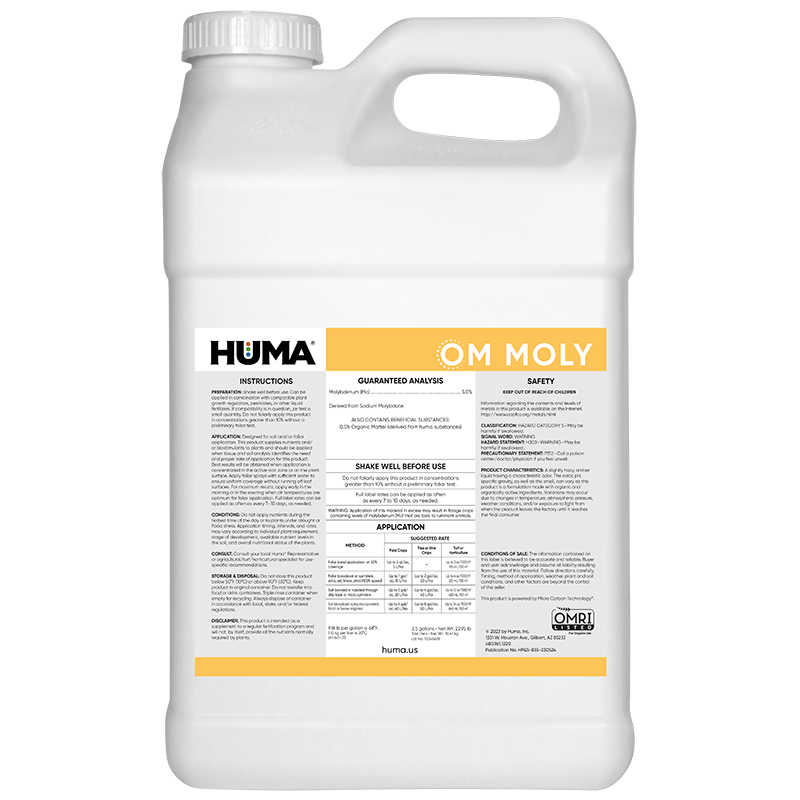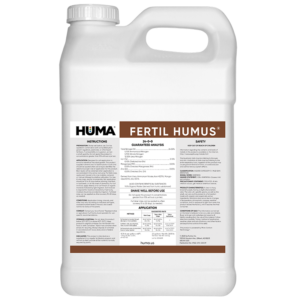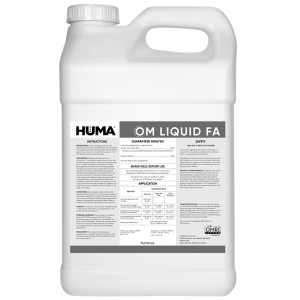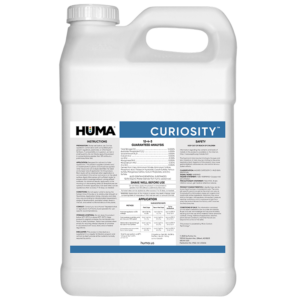OM MOLY
Benefits of Use:
- Effectively treats molybdenum deficiency symptoms
- Essential for nitrogen fixation
- Is a co-enzyme necessary to transform nitrogen to amino acids for protein synthesis
- Is essential for the functions of symbiotic nitrogen-fixing bacteria
- Provides quick crop response and can be applied just prior to actual crop need
- Can be applied foliarly (according to label directions) without risk of phytotoxicity
- Can be effectively tank-mixed with other organic crop inputs
Deficiency Symptoms—When to Apply:
- Plant/soil is molybdenum deficient
- In young plants, stunted growth and yellowish-green leaves
- In older leaves, light green followed by yellowing and drying or shedding
- Shoots short, thin; growth upright and spindly; flowering reduced
FAQs
Related Products
Related Case Studies

X-Tend® B With Micro Carbon Technology® Improves Barley Yield and Net Income: Year 3
Background Enhanced Efficiency Fertilizer (EEF) additives can improve crop production. Humates have been shown to improve crop yield. The Huma® EEF additive X-Tend® B is a concentrated Micro Carbon Technology® product derived from humates with high levels of organic acids and nutrients that is formulated to be blended in liquid fertilizers or to be impregnated

Huma® Ultra-Precision™ Blend Plus Root Dip Increases Strawberry Yields 30%
Objective The purpose of this research project was to evaluate how a special blend of fertilizer solution and a root dip made of Huma® products with Micro Carbon Technology® affect strawberry yield when compared with a control program of grower’s standard fertilizer and a competitor root dip product. Materials & Methods Strawberry cultivar San Andreas

X-Tend® B With Micro Carbon Technology® Improves Barley Yield With an ROI of 38:1
Objective Determine the effect on barley of adding Huma® X-Tend® B to split applications of different rates of nitrogen fertilizer. Background Enhanced Efficiency Fertilizer (EEF) additives improve crop production. Humates have been shown to improve crop yield. The Huma® EEF additive X-Tend® B is a concentrated Micro Carbon Technology® product with high levels of organic
Related Blog Posts
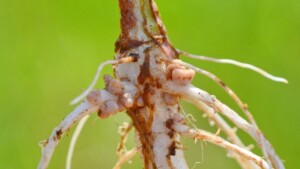
Microorganisms: The Living Engine of Soil—Part 2
In Part 2 of this series, we look at Plant-Microbial Interactions.

This Week in Ag #26

Moving Closer to Farmers
Just as all politics are local, all farming is local. Terrain, soils, weather patterns, market access and cultural production practices vary dramatically across the Fruited Plain, as do the issues and concerns shaping ag policy. So it only makes sense for the entity that combines politics and farming to go local. Because in an urbanized city located on the banks of the Potomac, run by elephants and donkeys, you don’t see many cows, pigs or chickens, much less corn, wheat or almonds.

